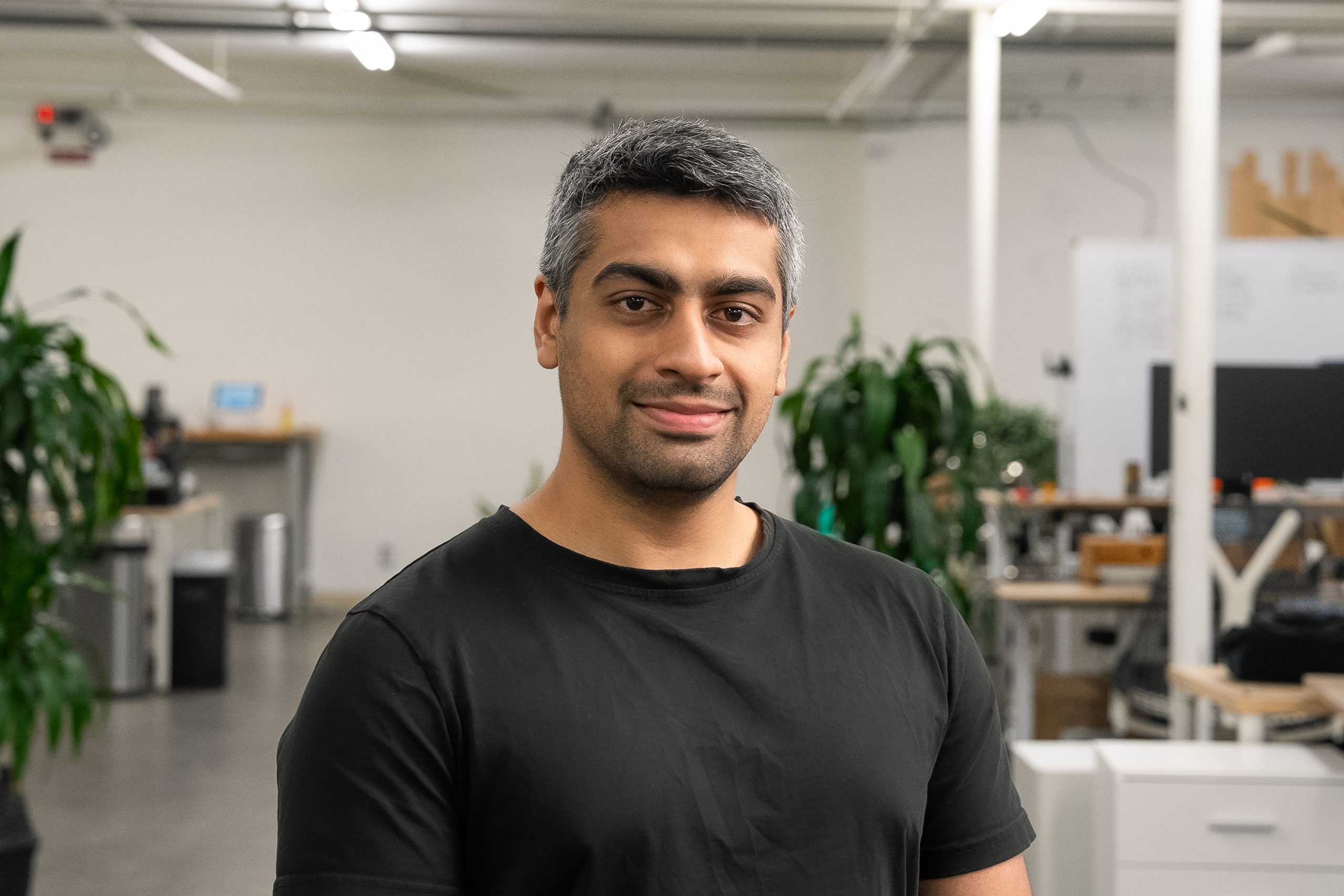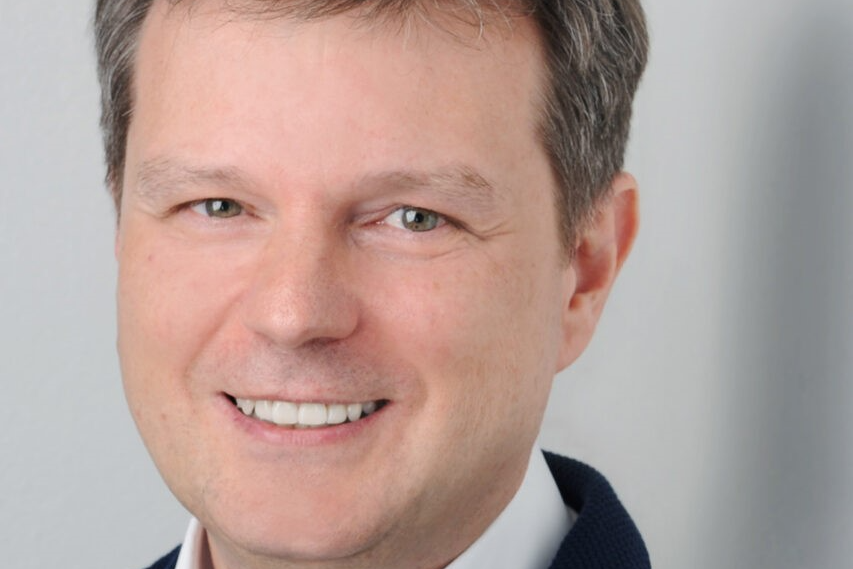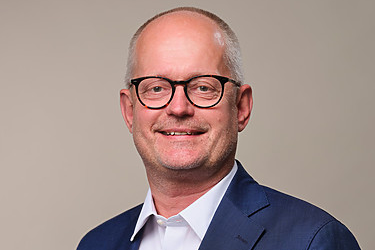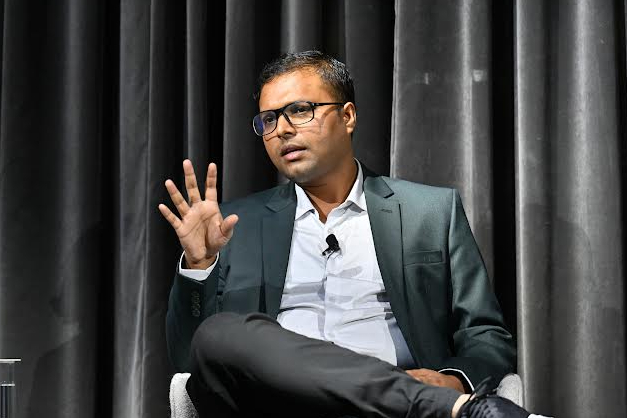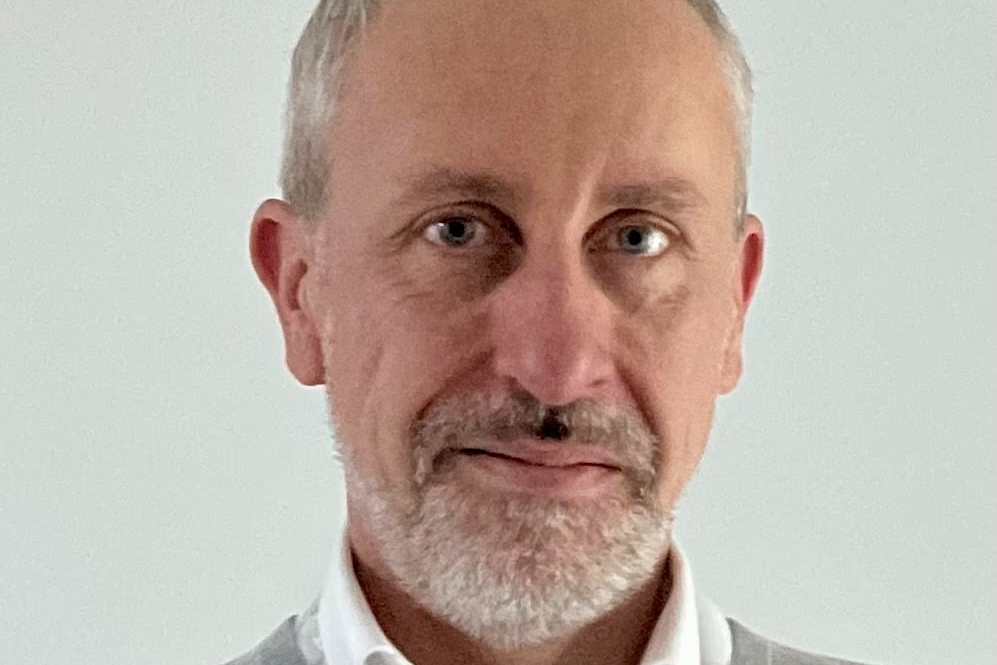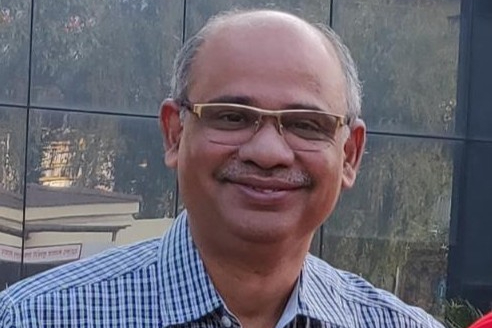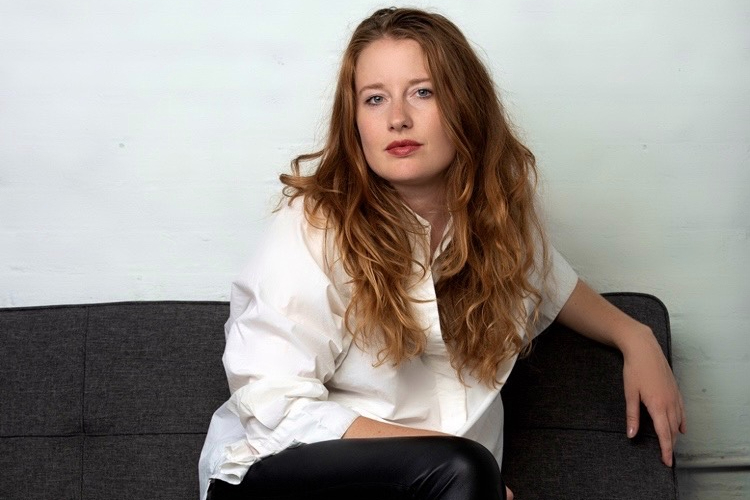
Anne Whiting – Founder and creative director of Anne James New York
Our recent interaction with Ms. Anne Whiting, the founder and creative director of sustainable womenswear label, Anne James New York, shares her journey from using deadstock fabric to establish her made-to-measure womenswear label.[Interview] Anne James New York label converts deadstock fabric into made-to-measure clothing
2021-03-13 12:00:00 – USAAnne James New York is a premium made-to-measure womenswear, which consciously uses sourced remnant fabrics from luxury fashion houses and textile mills. Anne Whiting's womenswear label, Anne James New York — seeks to re-define what constitutes waste in the fashion industry by creating exquisite, fashionable, and timeless garments from discarded and leftover materials.
Despite a global market context of garment overproduction, the label maintains its belief that custom-made clothes are the only way to make women feel beautiful, and that they will be enjoyed and worn for years. Each piece of the label is created with flexibility in mind, allowing it to easily transition from the workplace to the home to the soirée. Garments are made to order, reducing inventory and leading to a pressing need to reduce clothing waste. The designer works with clients on fabrics, suits, and colors after the order is being placed.
Our recent interaction with Ms. Anne Whiting, the founder and creative director of sustainable womenswear label, Anne James New York, shares her journey from using deadstock fabric to establish her made-to-measure womenswear label.
She is a sustainability enthusiast who creates designs using emerging technologies and upcycled fabrics. She also runs a blog with Kelly Madera called "An Inconvenient Wardrobe" which is a podium for ethical fashion. The recipient of the ReFashion Week 2020 Designer Award, AJNY is the new bespoke of womenswear—a new model of "less is more."
YnFx: What is the story behind the Anne James New York label?
James: I started by making capsule collections out of deadstock fabric, for small runway shows during NYFW, or pop-up shops curated to sustainable designers. But I realized that producing this pre-existing and later leftover inventory from each collection was actually a problematic repeat of traditional industry's excess that I'm trying to combat. So instead of making collections now, I focus on making custom clothes, per the measurements of each individual customer. I felt this was really the model we needed to return to in the name of "less" and non-disposable apparel, the idea being that if we have a few perfectly fitting pieces, we don't need to buy 100 new items a year in search of something that actually flatters us and that we actually love.
YnFx: How big a role do designers play in leading the fashion and textiles industry closer to sustainability?
James: We definitely have a responsibility to make change where we can, to incorporate sustainable methods wherever possible. This can be so hard to do when at a bigger company, where there are deadlines and quotas etc. and you have to argue with a sourcing team in favor of paying for more expensive organic cotton, for example. Us smaller entrepreneur-designers have the chance to control our whole supply chain, so we can be examples of which sustainability-conscious practices larger companies might incorporate into their own work. It's starting to happen more and more, this trickle-up of grassroots sustainability. That's what will create some positive dents in a flawed global system.
YnFx: What is something you wish people knew about slow fashion?
James: In today's landscape of inexpensive convenience and product overload and way-too-frequent trends overhaul, I wish shoppers really understood the higher cost of doing fashion slowly. A hundred years ago, the way to get new clothes was to pick out a finely made fabric and have a dressmaker make something special. Eventually, off-the-rack shopping took off and didn't stop. Today, we're so used to this accessible volume that it doesn't inherently make sense to modern customers the concept of spending more money on fewer pieces. But that's what has to happen because ethical labor costs more, and good fabrics that last cost more, and smaller orders cost more.
YnFx: What’s the most challenging thing about running a sustainable business?
James: On the same note as above, it's challenging to promote the idea of less, but for a higher price. Also, it feels hypocritical to champion buying less while still marketing my own pieces. It's all sorts of contradictions. (But so is fashion, right? It's this wild industry making so many things we don't need, but all the marketing says we need it! And such beautiful clothes behind which are such ugly practices. But I digress.) We independent designers have to keep promoting our cause, to divert some market share and prove that better business can be good business, too. I think also it's challenging to receive funding for a business built on the principles of slow and small.
YnFx: What are the other aspects of sustainable fashion incorporated in your label?
James: Besides using up deadstock fabric, I'm also very curious to dismantle the need for excessive packaging. I use as little of it as possible, and actually, send pieces in reused packaging despite how unsightly it is. Beautiful branded packaging is such a part of a fashion shopping experience, but it's so wasteful. For AJNY, I have branded compostable and eco-certified stickers, bags, and tissue paper—but did you know those don't actually compost naturally in the trash? They need to be composted, and I think 99% of people don't actually have compost.
YnFx: How did you feel after winning the DSNY ReFashion Week Sustainable Fashion Award 2020?
James: Absolutely elated, really! So honored. It was validation that my designs represent a future that the whole city of New York - and beyond - could get behind. I think it's so exciting that ReFashion Week exists. There are so many amazing designers involved. I'm not really sure that it should have been a competition because everyone was so great, but of course, I was thrilled for another runway and for the exposure and support.
YnFx: What are the future goals of your brand?
James: I'd love for my brand to scale enough to prove that deadstock sourcing is a viable high-fashion sourcing option for the time being and to be able to support sourcing partners, artisans, and factories doing business ethically or innovatively, really working to disrupt and make a change. Further, I'd love it to expand to become a collective for more creatives who are designing with the uplifting of others and the environment in mind. A fashion company, but also a collaborative design platform that fosters opportunity and showcases the amazing work of others. Because sustainability and art really are team efforts.
Market Intelligence
Ask for free sample Report

experience
Customer Base
dedicated team
Countries Served Worldwide

